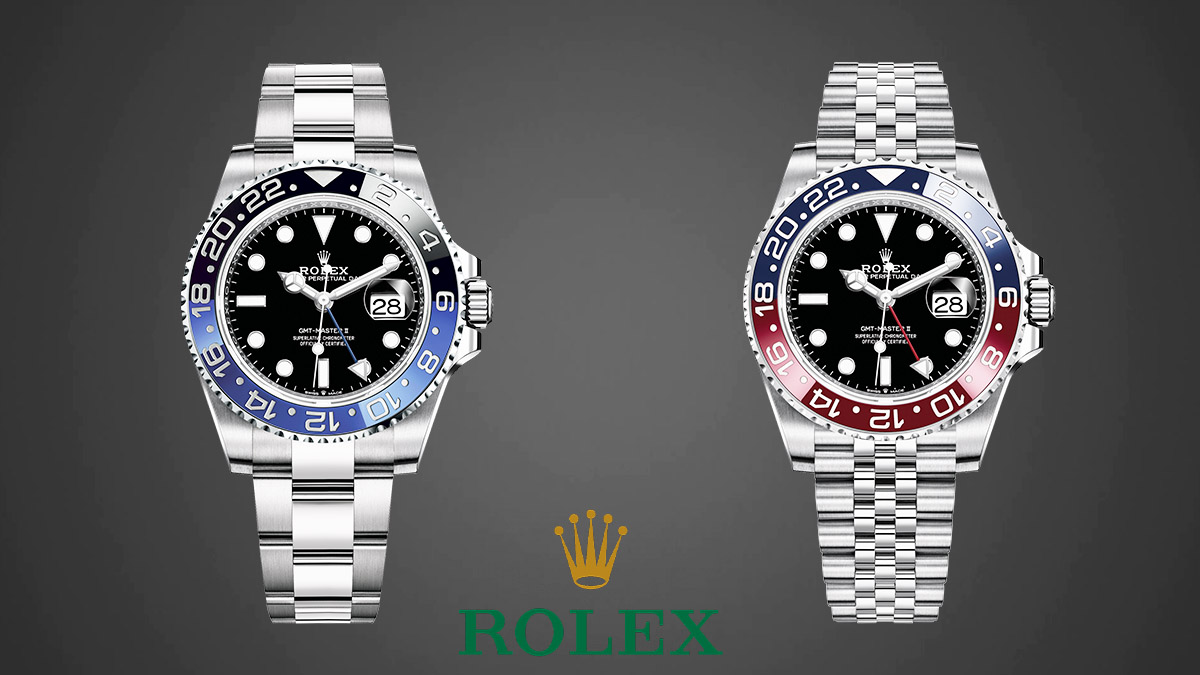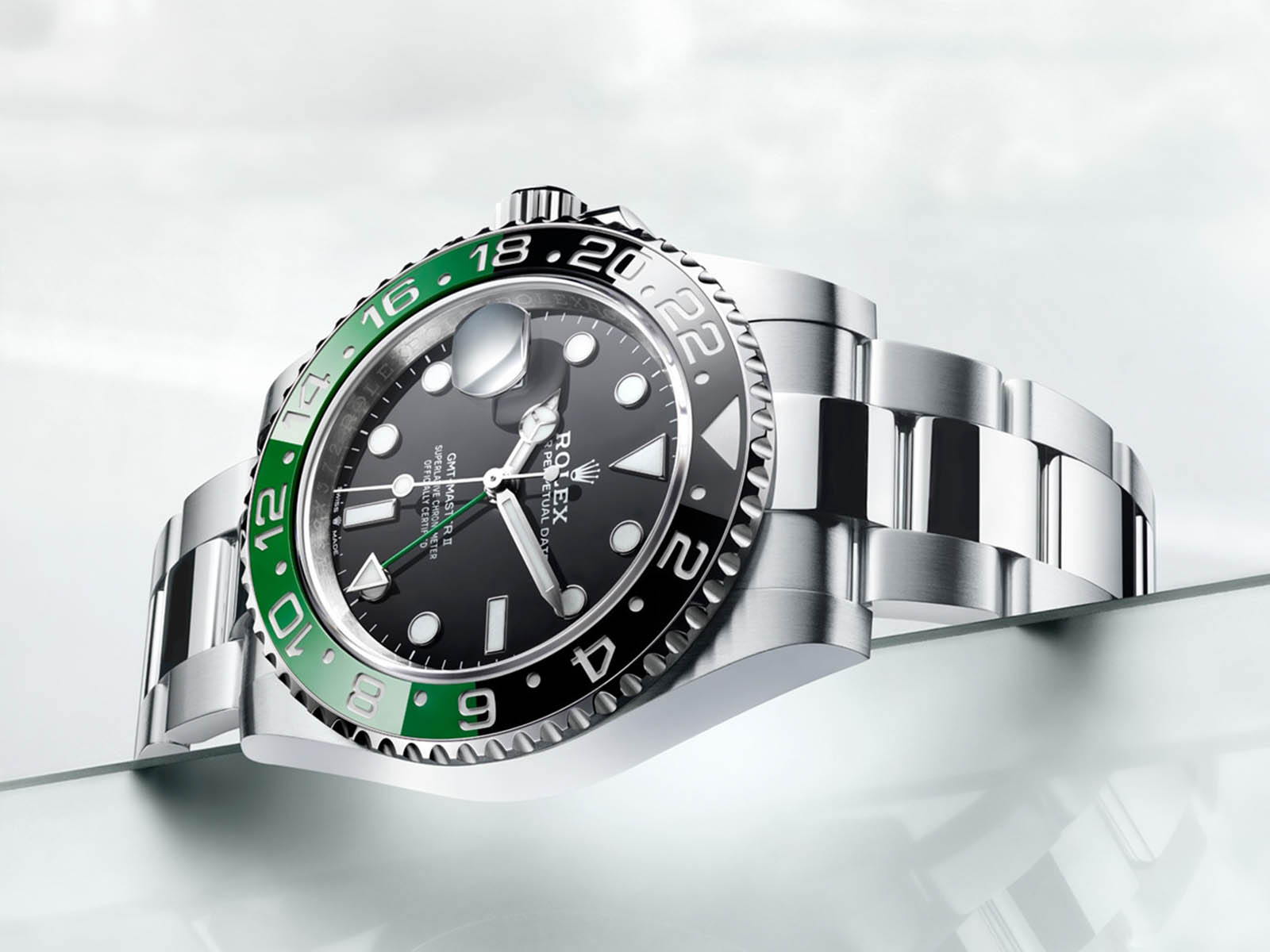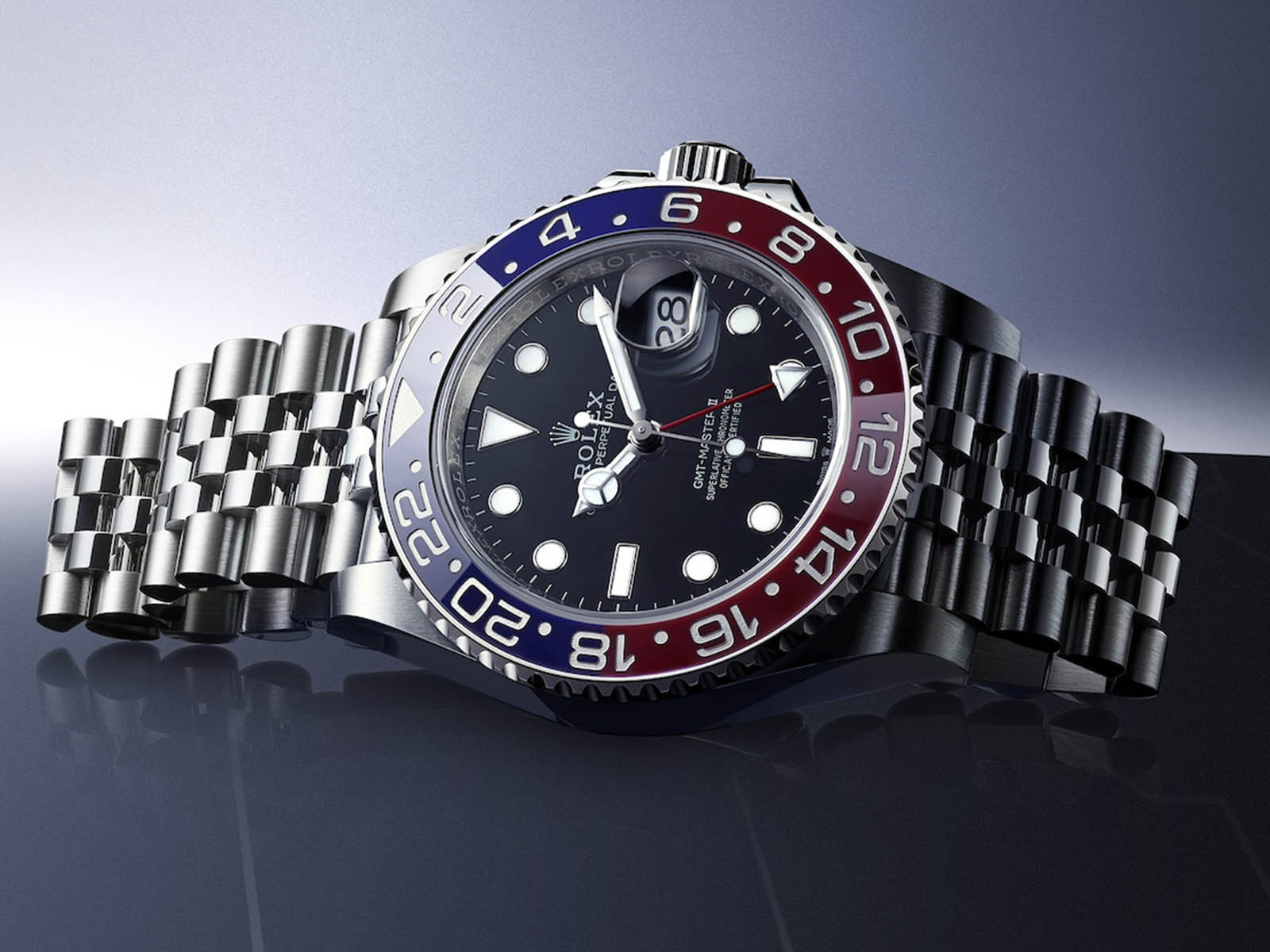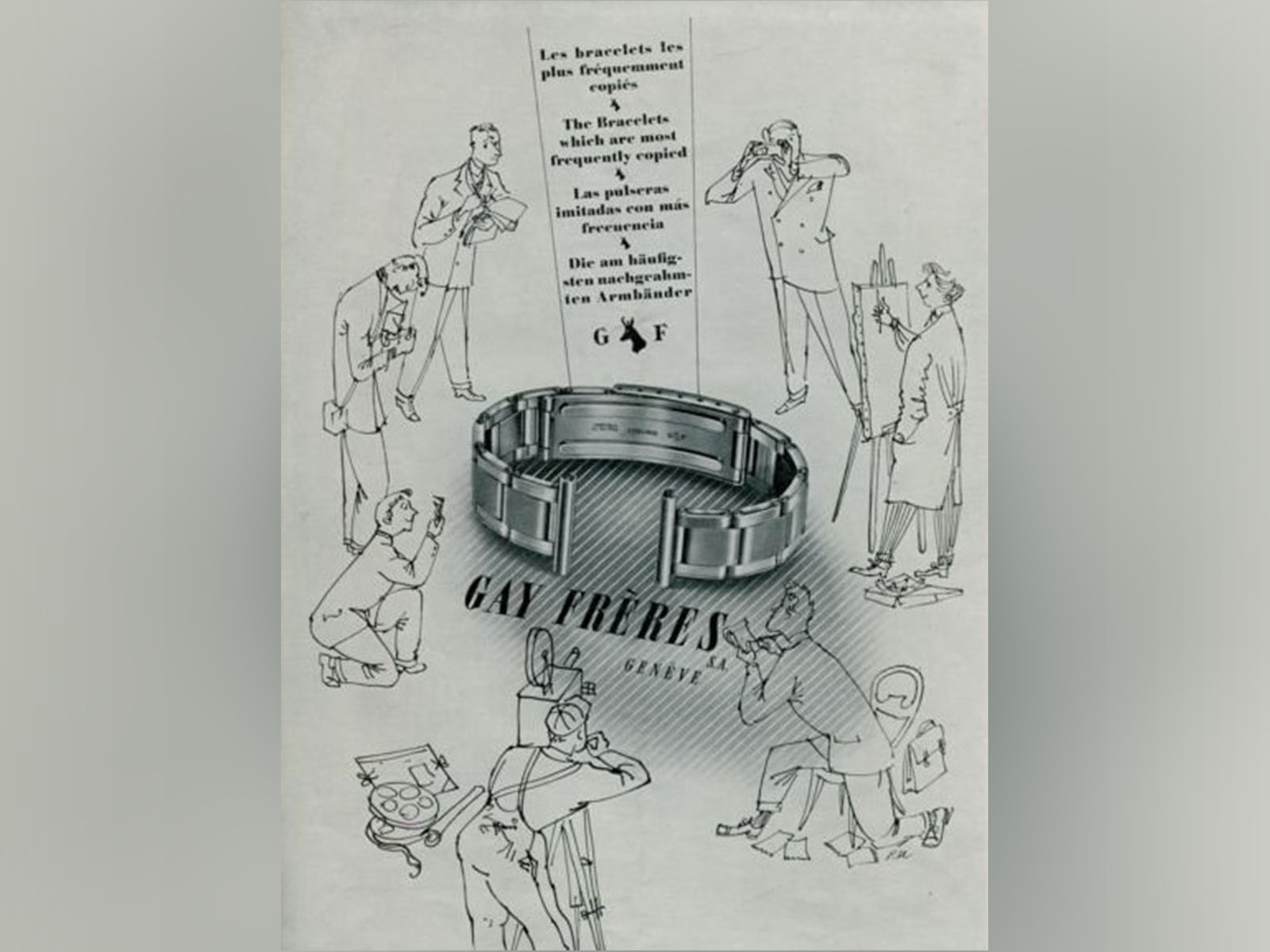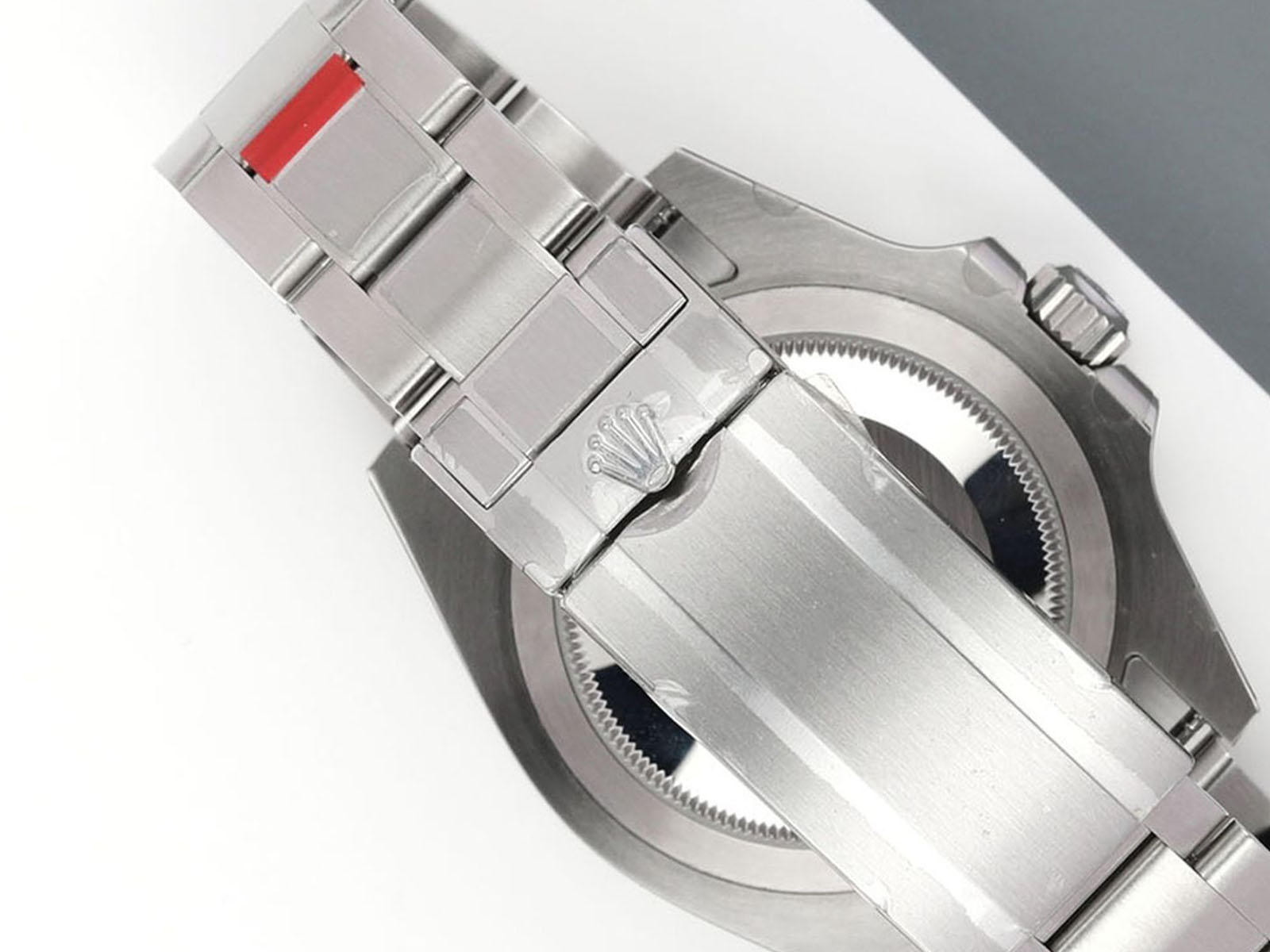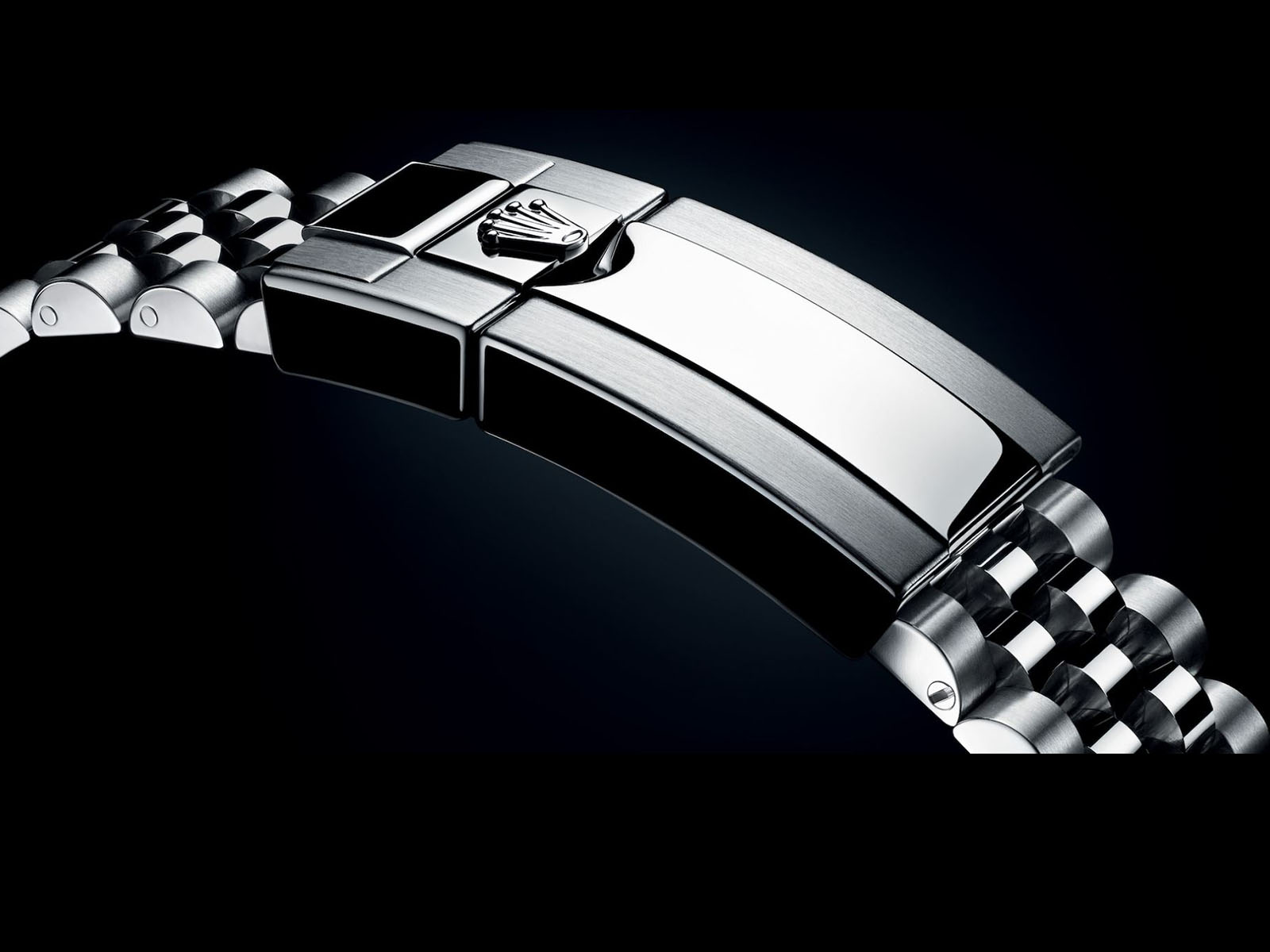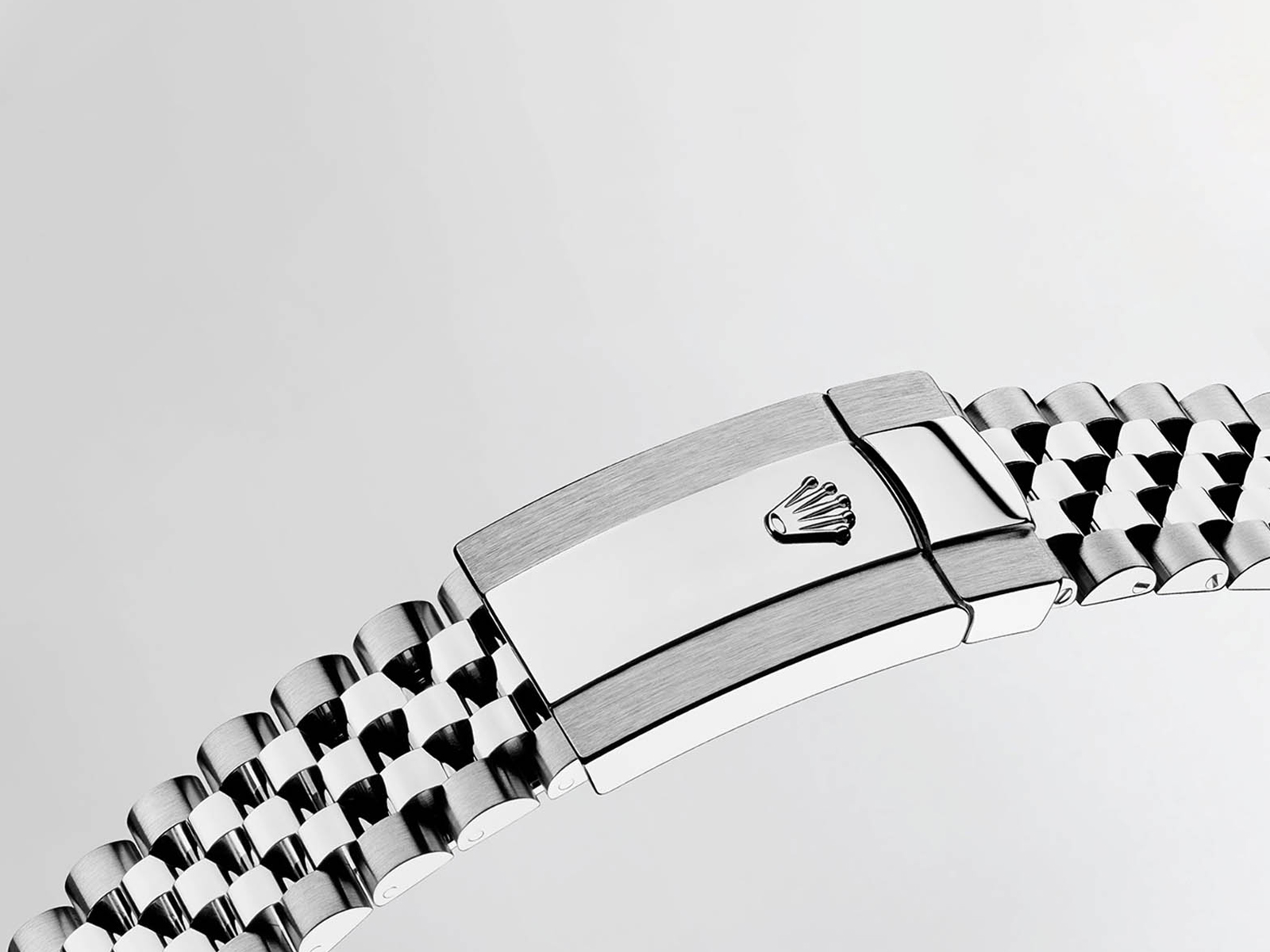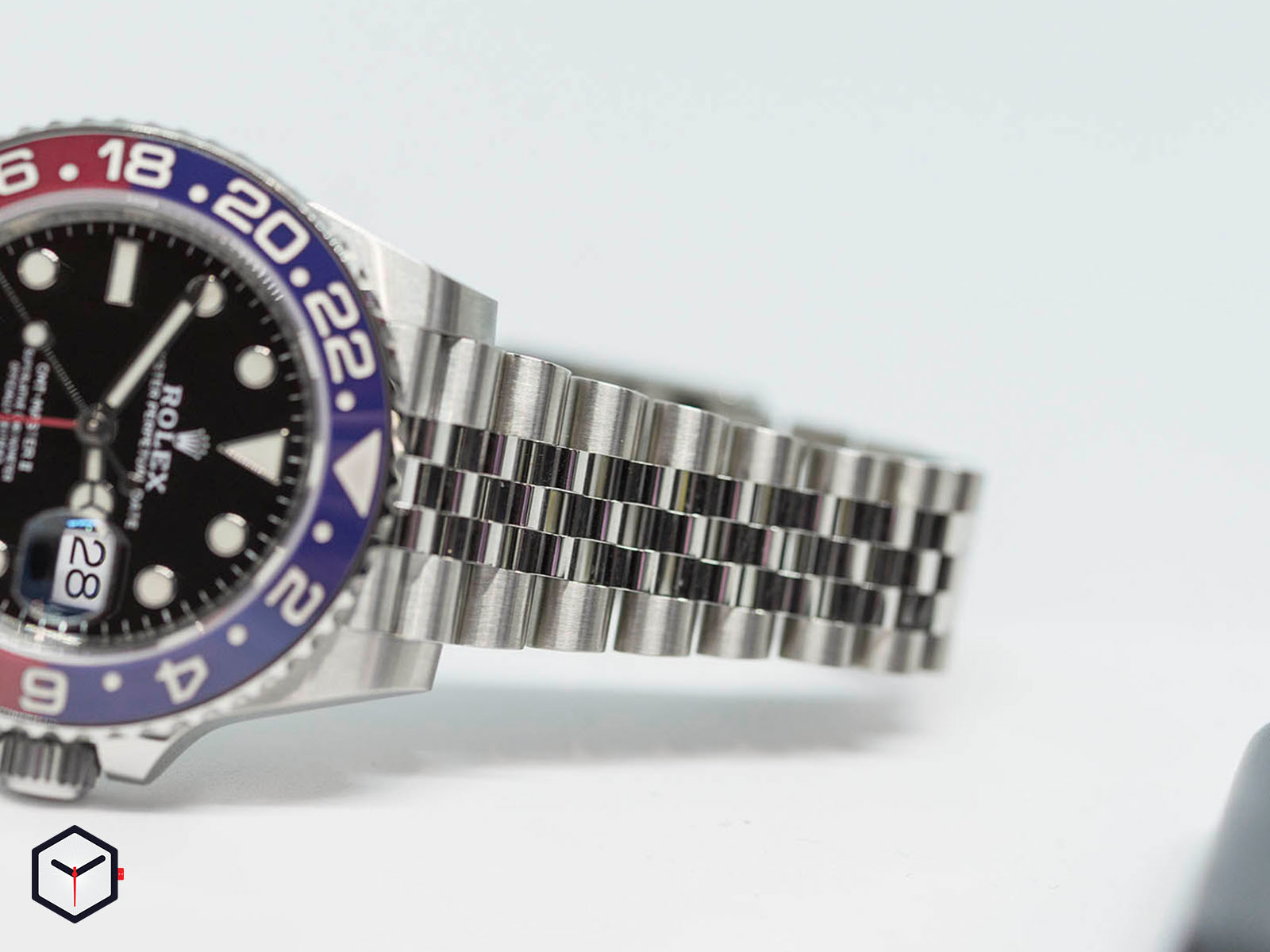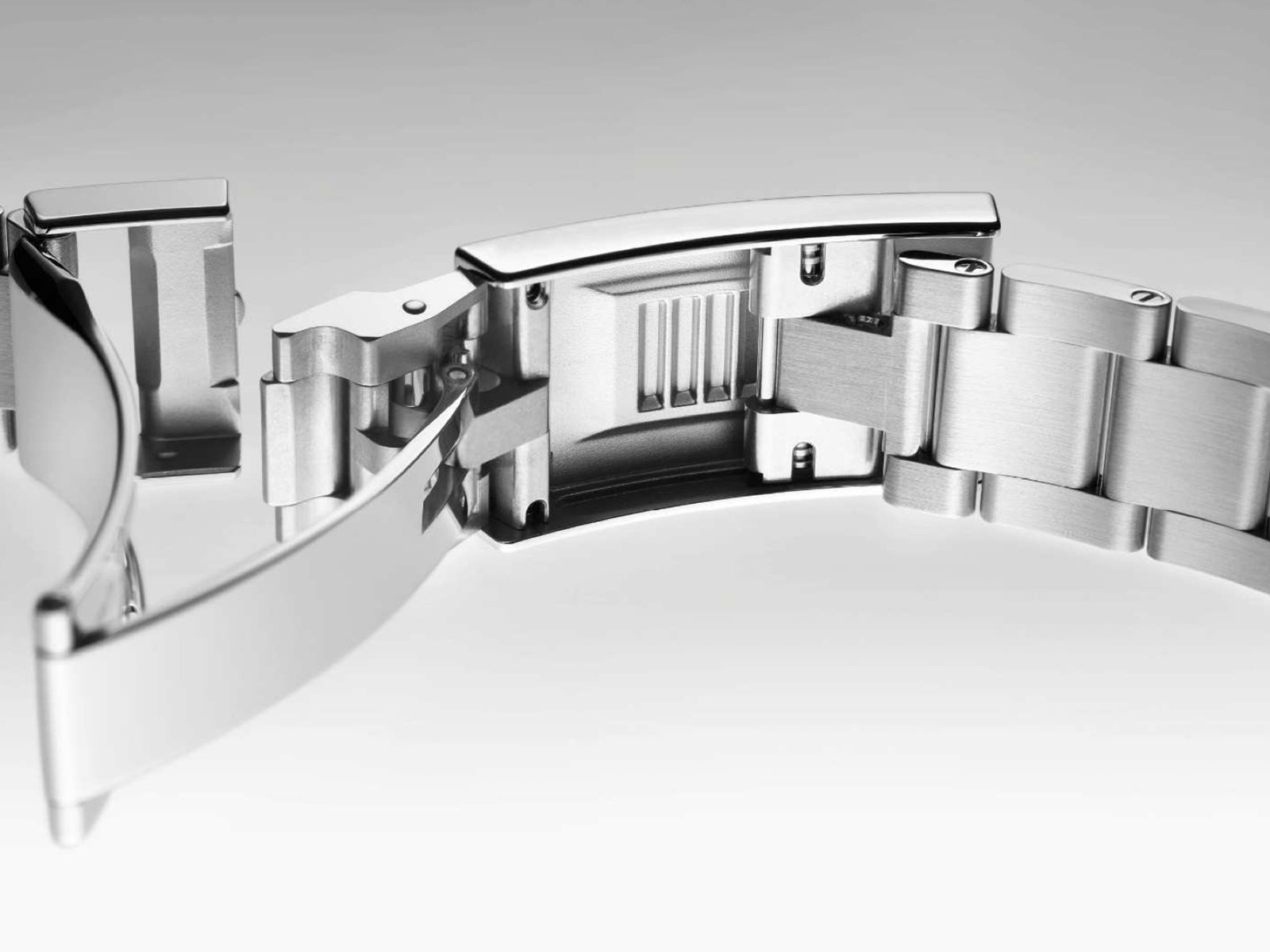Two iconic bracelet designs of Rolex, one of the world's most famous watch brands, Oyster and Jubilee, are under the spotlight with all their details.
Let's start with the Oyster first. This bracelet first entered the brand's catalogs in the 1930s. The design of the bracelet, which was produced by Gay Freres in those years, is protected by a patent in 1947. Without forgetting, the Gay Freres brand is also acquired by Rolex in 1998. While watches produced before the 30s were mostly introduced with leather straps, the brand identity began to take shape to a large extent after the production of the Oyster bracelet. In fact, there are bracelet designs produced before the mentioned bracelet and found in various models of Rolex, but Oyster's characteristic design, durability, and usefulness quickly distinguish it from the others.
As it is known, the Oyster bracelet consists of a three-link structure. This structure is achieved by bringing together one large link in the middle and two smaller links that grip it a little higher on both sides. The links, which were produced from folded sheet metal in the early days, become produced by machined solid parts over the years. The links of the Oyster bracelet have a concave design on the side that contacts the wrist, as a requirement of their long structure. In this way, the feeling of comfort created by the Oyster bracelet on the wrist is increased. Models with Oyster bracelets in today's Rolex catalog stand out with the theme of sportiness. The Oyster bracelet also reinforces this perception with its solid and tight feel.
One of the most important parts that determine the feel of the watch on the wrist is the clasp. At this point, Rolex has chosen to place multiple versions on its watches. For a fair comparison in the rest of the article, I will talk about the GMT Master-II model, which is available with both Oyster and Jubilee bracelet options. There is another reason why I chose this particular model. The GMT Master-II has the brand's extremely robust double-lock folding clasp. Moreover, the same clasp, Oysterlock, is featured on both Oyster and Jubilee bracelets.
The Jubilee bracelet is presented to the watch industry for the first time as a special design produced in 1945 to commemorate Rolex's 40th year in the industry. The bracelet, which differs from Oyster with its smaller size and multi-piece link design, is the number one representative of the more classic and stylish aspect of the brand. Unlike the Oyster, the flat back of the parts that make up the bracelet makes the Jubilee bracelet feel different on the wrist.
First of all, the middle links of the Oyster bracelet in the GMT Master-II model, which we took as an example for comparison, have been polished and the outer parts have been brushed. At this point, I cannot help but inform you that glossy surfaces are extremely sensitive to hairline scratches. Interestingly, the curved designs of the shiny pieces in the Jubilee bracelet and the small surface areas hide the scratches.
As for the comfort part, Jubilee has a situation that I can put into words as a more sensual grip on the wrist due to its multi-piece structure, and this can provide additional comfort. However, the situation is not limited to the structure of the links. The fact that the Glidelock system, which is one of the best clasp designs in the industry and used in diving watches, is not included in the GMT Master-II, can cause difficulties for users like me who want to fit the watch perfectly. If you say what is this difficulty; Oysterlock clasps have an additional mechanism for precise adjustment, called Easylink, which allows an adjustment of 5mm. The problem is that due to your wrist size, the closed Easylink feels tight and the open Easylink feels too loose. On the other hand, the precision adjustment system of the Glidelock used in the diving series models offers the convenience of narrowing and widening the bracelet at much shorter intervals. In fact, the purpose of Easylink is not to fine-adjust the bracelet, but to provide temporary relief by expanding the bracelet instantly in hot environments. Because for this precise adjustment, there is another part inside the buckle that can only be adjusted with the appropriate apparatus. Unfortunately, this part does not allow fine adjustment as much as Glidelock, moreover, you must have the appropriate tool at hand.
At the end of the day, if you don't want super-precise adjustment for bracelet tightness, both bracelets can offer optimal comfort. If the opposite is the case, the Glidelock clasp bracelet is number one, followed by the standard Oysterlock clasp Jubilee and the standard Oysterlock clasp Oyster bracelet. Since the design part becomes purely a matter of taste, I advise you to listen to the sound of your style and taste when choosing and to stay away from the popular watch suggestions in the market.
